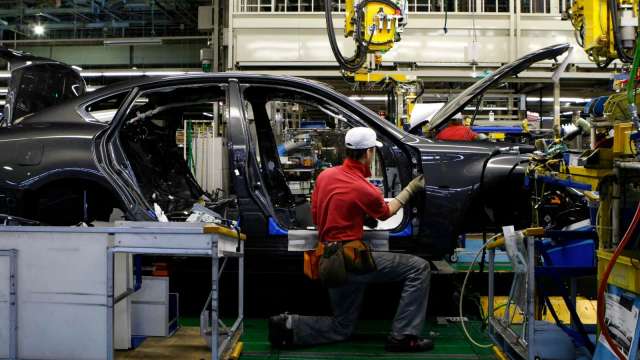The US Department of Commerce’s Bureau of Economic Analysis (BEA) released data Wednesday (30) showing that the annual growth rate of real gross domestic product (GDP) in the US in the third quarter was revised to 2 .9%, a 0.3 percentage point increase from the value of output, higher than the 2.8% expected. However, the key indicator of inflation, the Personal Consumption Expenditure (PCE) price index excluding food and energy, was revised to a quarterly growth rate of 4.6%, higher than the expected and initial value of the 4.5%, exacerbating inflation fears.
After a disappointing first half, US economic data for the third quarter painted a mixed picture for the economy and although the revision was better than expected, inflation indicators remained stubbornly high, with the Federal Reserve (Fed) that continued to raise interest rates to fight inflation raises the risk of a recession next year.
The Commerce Department said that real GDP growth in the third quarter reflected growth in exports, consumer spending, non-residential fixed investment, state and local government spending, and federal government spending, which were partially offset by declines in residential fixed investment and private inventory investment. .compensate.
In terms of exports, commodity export growth comes mainly from industrial supplies, raw materials (especially non-durable goods), non-automotive capital goods, etc., while services export growth comes mainly from tourism, financial services and other fields.
As the main component of the economy, the US third-quarter PCE annual growth rate was revised to 1.7%, higher than the 1.6% expected and the initial value was 1.4% . Consumer spending is dominated mainly by the service sector and the production of goods has declined. Household spending is expected to drive US economic growth in the fourth quarter.
It is worth noting that the quarterly growth rate of the US personal consumption expenditure index of GDP in the third quarter was revised to 4.3%, higher than the expected and previous value of 4.1%, and the rate quarterly price growth PCE index excluding food and energy in the third quarter was revised to 4.6%, higher than expected 4.5%, the initial value was 4.5%.
In terms of corporate profits, profits of manufacturing companies decreased $31.6 billion in the third quarter, compared with an increase of $131.6 billion in the second quarter, and profits of financial institutions decreased by $32, 9 billion in the third quarter, compared to a $46 billion decline in the second quarter.


